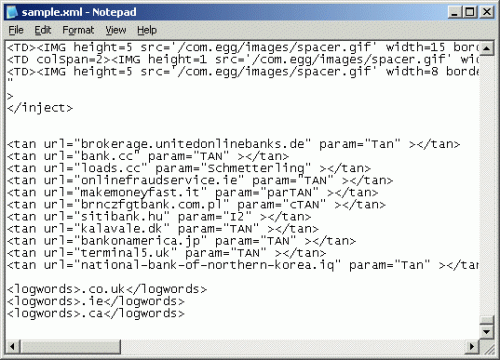Intel’s Atom processor unveiled
April 2, 2008 – 5:07 AMThe trend toward ever smaller and cheaper PC components is, of course, nothing new. Chips have shrunk and prices have fallen for over 30 years now. Yet that trend has accelerated dramatically in recent years, spurred onward by the rise of mobile computing and signified by the success of low-cost laptops like the Asus Eee PC and high-zoot mobile computers like the iPhone. Sensing this trend, the world’s largest chipmaker kicked off an effort four years ago to develop a CPU that could fit inside the power, heat, and size requirements of such devices while maintaining compatibility with its existing lineup of PC processors. Internally at Intel, this processor became known as Silverthorne, and the core logic associated with it was code-named Poulsbo. Together, they make up the so-called Menlow platform, whose development we’ve been tracking for some time now.
Today, Silverthorne and Menlow are taking their final shape with the introduction of the Intel Atom processor and the Centrino Atom mobile computing brand. Thanks to an all-new CPU microarchitecture and companion core-logic chip, Intel is pushing x86-compatible computing into new frontiers. To better understand how they did it, we recently visited the Austin, Texas offices of the Silverthorne design team and spoke with several of the chips’ architects. Read on for an extensive overview of this new CPU and its related technology.


